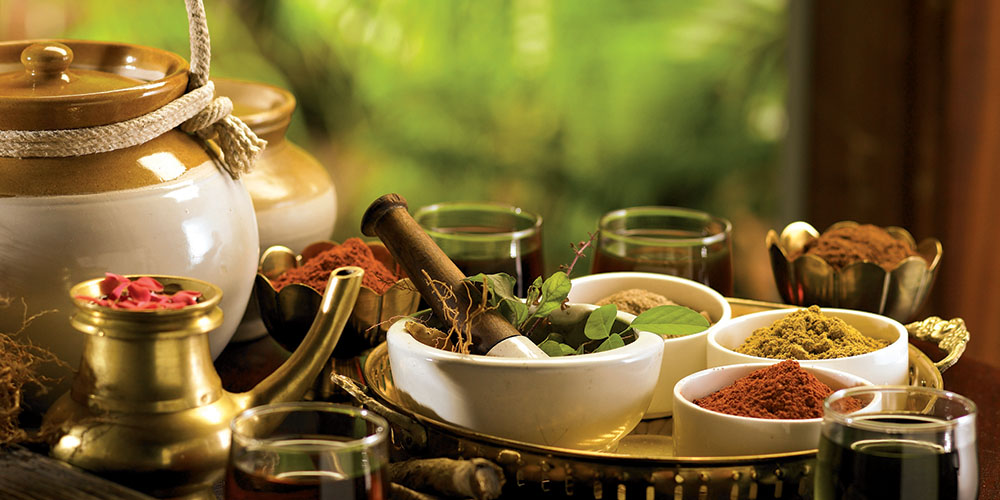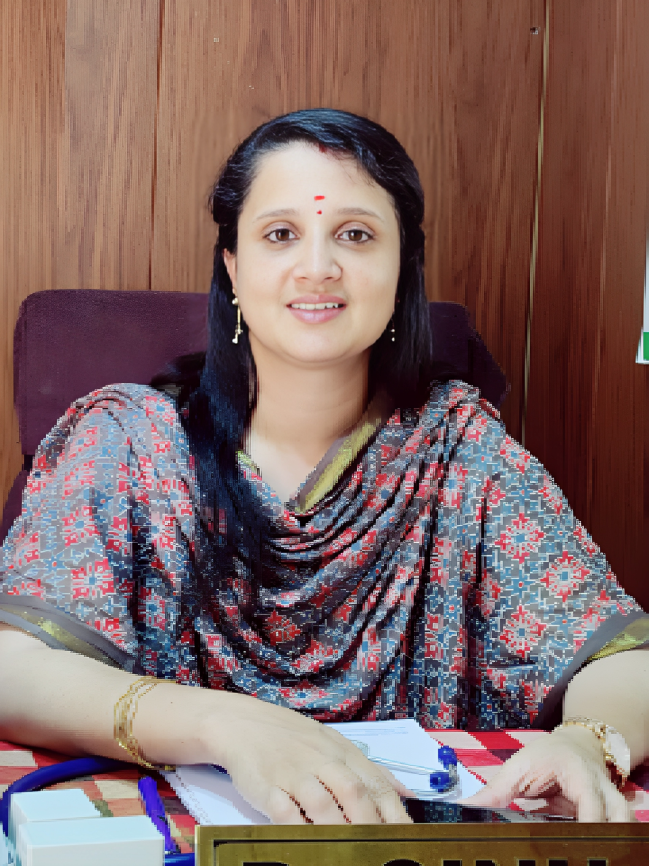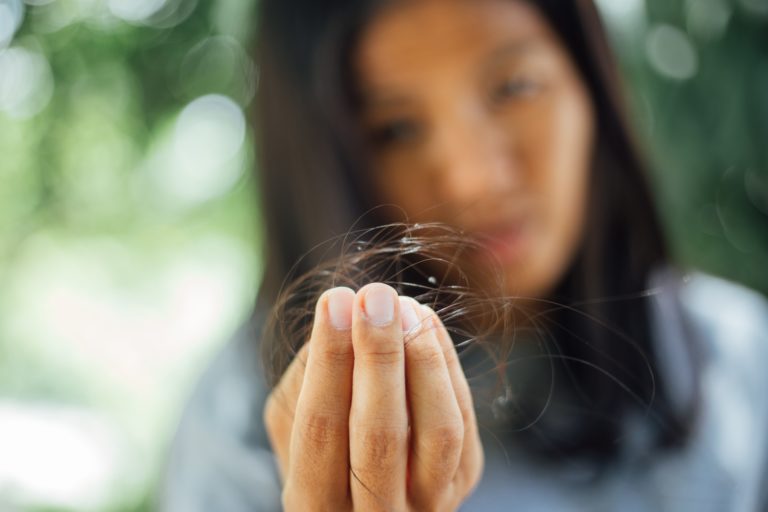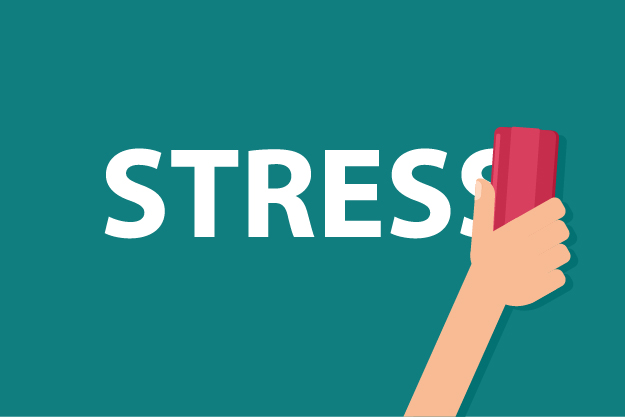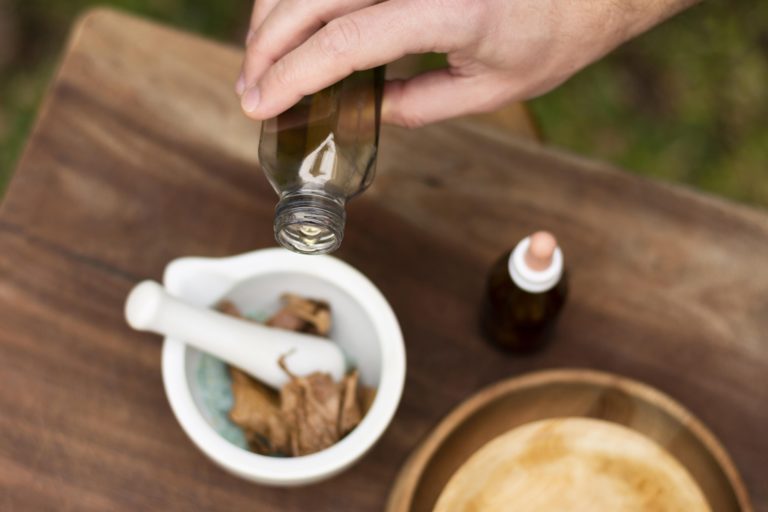A stroke is a debilitating condition that occurs when there is a disruption in the blood supply to the brain, leading to the death of brain cells. This can result in various physical and cognitive challenges, such as paralysis, speech difficulties, memory problems, and emotional imbalances. Rehabilitation and overall wellness play a crucial role in the recovery process. Ayurveda, an ancient holistic healing system from India, offers valuable principles and practices that can enhance stroke rehabilitation and promote overall well-being. By understanding the principles and practices of an Ayurveda treatment for stroke, individuals recovering from a stroke can enhance their rehabilitation journey and improve their quality of life.
Understanding Stroke and its Aftermath
To effectively navigate the recovery process, it is important to have a comprehensive understanding of a stroke. There are two main types of strokes:
- Ischemic strokes occur when there is a blockage in a blood vessel supplying the brain
- Haemorrhagic strokes occur when a blood vessel in the brain ruptures.
- Common physical challenges faced after a stroke include
- Weakness
- Balance problems
- Difficulty with coordination
Cognitive challenges can manifest as memory loss, difficulties with attention and concentration, and executive function impairments. Emotionally, stroke survivors may experience post-stroke depression, anxiety, and emotional lability. Addressing these challenges is crucial to optimize the recovery process and regain functionality.
Ayurvedic Principles for Stroke Rehabilitation
Ayurveda takes a personalized approach to stroke rehabilitation, considering the unique imbalances of each individual. This approach is based on the three doshas:
- Vata
- Pitta
- Kapha
Balancing Vata dosha is essential in stroke recovery as it governs movement and communication within the body. Imbalanced Vata dosha can contribute to mobility issues, muscle stiffness, and poor circulation. Addressing Pitta and Kapha imbalances also supports the overall healing process. Ayurvedic treatments are tailored to the specific needs of each individual, focusing on enhancing circulation, nourishing the nervous system, and rejuvenating the body. This may involve the use of Ayurvedic herbs and supplements, which have antioxidant and anti-inflammatory properties that aid in reducing inflammation and promoting brain health.
Diet and Nutrition for Stroke Recovery
A well-balanced and nourishing diet is crucial for stroke recovery. Ayurveda emphasizes the importance of incorporating foods that promote brain health and physical vitality.
- Fresh fruits, vegetables, whole grains, and healthy fats provide essential nutrients and support the healing process.
- Ayurvedic herbs and supplements such as Brahmi, Ashwagandha, and Turmeric may also be beneficial in stroke recovery. These herbs have antioxidant and anti-inflammatory properties that can aid in reducing inflammation and promoting brain health.
Ayurvedic Therapies and Practices
Ayurvedic therapies play a significant role in stroke rehabilitation.
- Panchakarma, a detoxification and rejuvenation therapy, helps remove toxins from the body and promotes overall healing. It involves various techniques such as oil massages, herbal steam therapy, and nasal administration of medicated oils.
- Abhyanga, an Ayurvedic oil massage, enhances circulation, reduces muscle stiffness, and aids in the restoration of movement.
- Shirodhara, a therapy involving a continuous stream of warm oil poured on the forehead, helps to calm the nervous system, reduce stress, and improve mental well-being.
These therapies promote relaxation, improve circulation, and support the body’s natural healing processes.
Yoga and Exercise for Stroke Rehabilitation
Gentle yoga poses can be highly beneficial for individuals recovering from a stroke. Yoga promotes flexibility, strength, balance, and coordination, which are essential for rebuilding physical abilities. It also helps improve circulation, reduce stress, and enhance mental focus. Some specific yoga poses that can be helpful include:
- Tadasana (Mountain Pose) for improving posture and stability.
- Vrikshasana (Tree Pose) for enhancing balance and concentration.
- Setu Bandhasana (Bridge Pose) for strengthening the back and legs.
- Pranayama techniques such as deep breathing, alternate nostril breathing, and calming breath can help reduce stress, increase oxygen supply, and promote relaxation.
Incorporating physical activity based on individual capabilities is crucial in stroke rehabilitation. It can involve gentle exercises such as walking, swimming, or cycling, which help improve cardiovascular health, muscle strength, and endurance.
Ayurvedic Lifestyle Recommendations
Adopting a balanced lifestyle is essential for stroke recovery. Establishing a daily routine (Dinacharya) provides stability and structure, which can support the body’s natural healing processes. This routine may include activities such as waking up early, practising self-care rituals like tongue scraping and oil pulling, and maintaining regular meal times. Mindfulness practices, such as meditation and deep breathing, can reduce stress, improve focus, and enhance emotional well-being. Incorporating stress management techniques like engaging in hobbies, spending time in nature, and practising gratitude can also contribute to overall well-being. Additionally, maintaining good sleep hygiene by following a consistent sleep schedule and creating a calming sleep environment promotes restorative rest.
Self-Care Practices for Stroke Recovery
In addition to professional treatments, self-care practices play a vital role in stroke recovery. These include:
- Mindfulness and meditation techniques, which can help reduce stress, improve focus, and promote emotional well-being. It can be done through guided meditation, breathing exercises, or simply by being fully present in daily activities.
- Gentle stretching and range-of-motion exercises help maintain flexibility, enhance mobility, and prevent muscle stiffness.
- Engaging in hobbies and activities that bring joy and mental stimulation can contribute to a sense of fulfilment and overall well-being. These activities may include reading, listening to music, painting, gardening, or socializing with loved ones.
It is important to choose activities that are enjoyable, manageable, and aligned with individual capabilities and interests.
Takeaway
Recovering from a stroke requires a comprehensive and personalized approach. Ayurveda offers valuable principles and practices that can enhance the rehabilitation process and promote overall wellness. By incorporating Ayurvedic therapies, diet and nutrition, yoga, and lifestyle recommendations, individuals can optimize their recovery and regain a fulfilling and balanced life. If you are looking for an Ayurveda treatment in Kerala for stroke, consider availing the expertise of the practitioners at Ishani Ayurveda, who are sure to help you in your journey towards stroke recovery and improved well-being.

